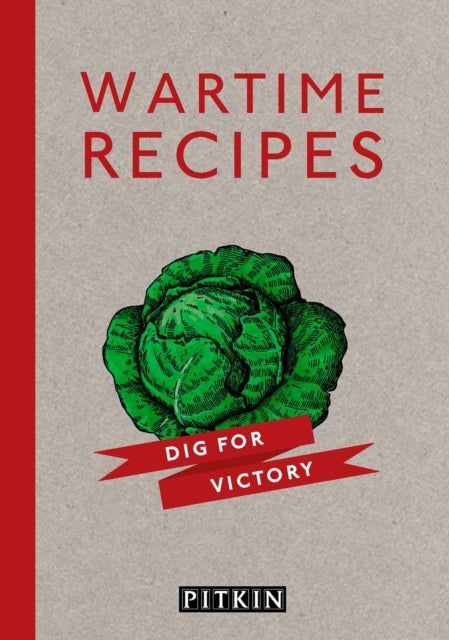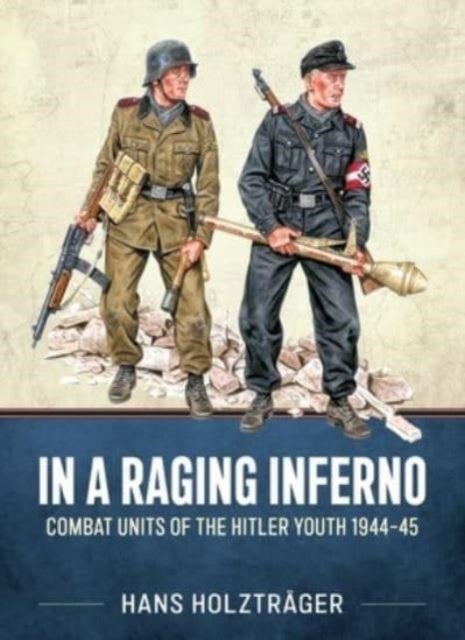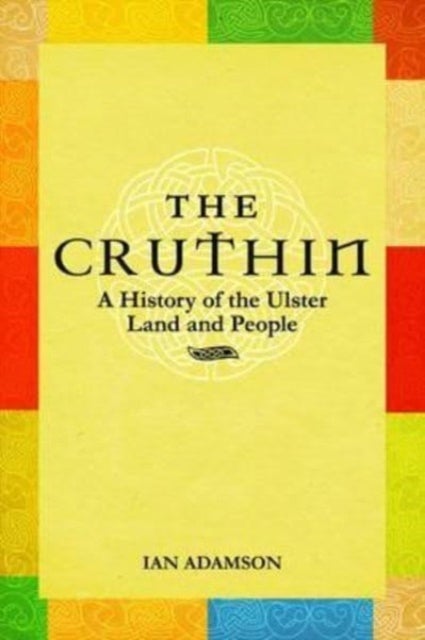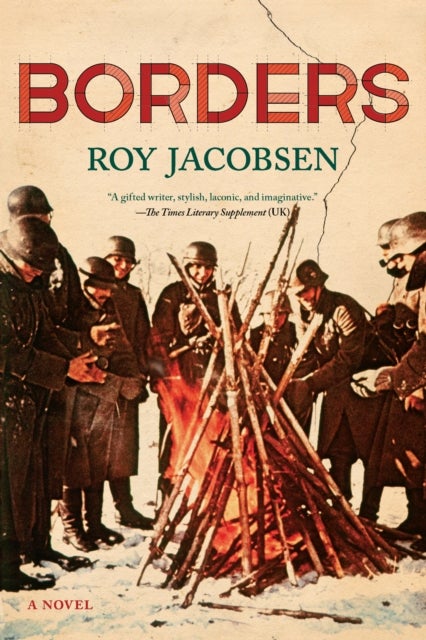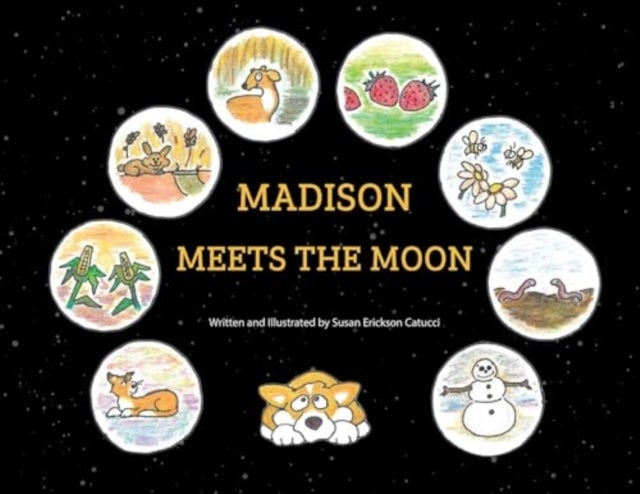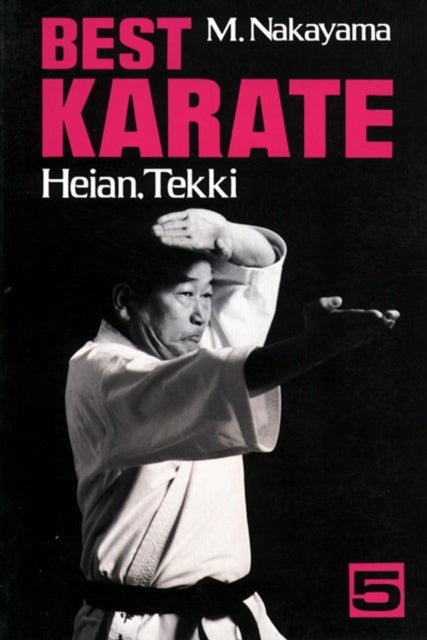
Filiaciones culturales y contactos entre las poblaciones Viru-Gallinazo y Mochica (200 AC ¿ 600 DC, av Alicia (Postdoctoral Researcher ArchAm (UMR 809
1029,-
During the pre-Hispanic period, the northern coast of Peru saw the development of numerous societies, such as those of the Vir¿-Gallinazo and Mochica populations that coexisted during the first millennium of our era. In this region, the morpho-stylistic analysis of ceramics allowed to constitute the chronological sequence commonly accepted, which makes the Vir¿-Gallinazo and Mochica populations two rival and contemporary societies. However, little is known about their relationship. The research presented here documents the Vir¿-Gallinazo and Mochica pottery traditions to understand both their origins, filiations, and contacts. This work consisted of studying the modes of manufacture of archaeological ceramics discovered at more than nine sites in the region, preserved at the Ministry of Culture of Peru and various Peruvian, French and American museums. Following the principles of ceramic technology, an innovative methodology for the Central Andes, the traces of manufacture visible on t

